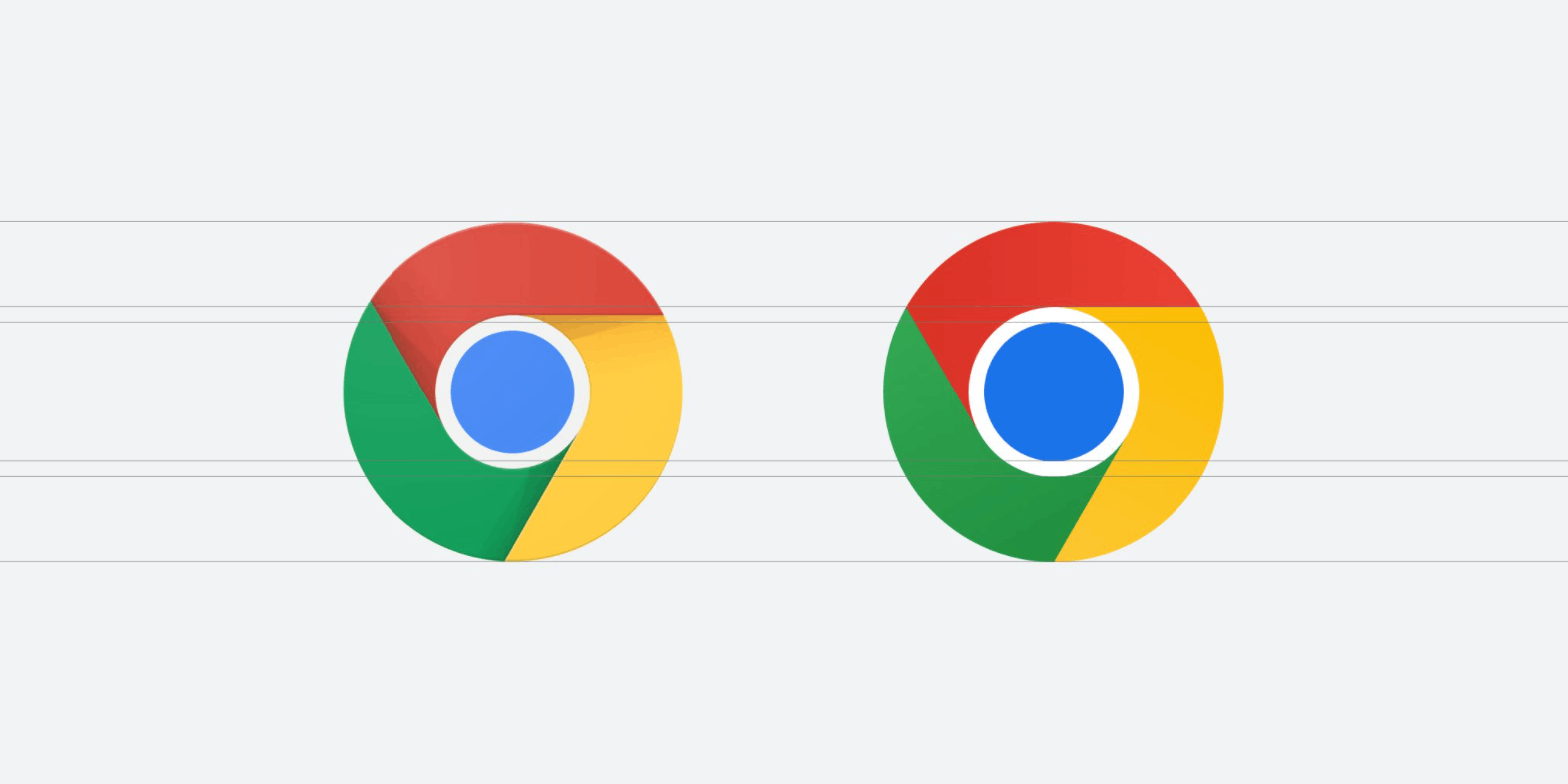On May 3, Google released Chrome 113 to the stable branch. This update includes both security fixes, addressing 15 distinct vulnerabilities, and new features.
What's new in Google Chrome 113
WebGPU
The latest version of Chrome has enabled support for the WebGPU graphics API and WebGPU Shading Language (WGSL) by default. WebGPU provides a similar API to Vulkan, Metal, and Direct3D 12 for performing GPU-based functions such as rendering and computation.
Additionally, users can use a shader language to create GPU-side programs. Currently, WebGPU support is only available in builds for ChromeOS, macOS, and Windows, with plans to enable support for Linux and Android in the future.
Performance
The development team has continued to optimize performance in the latest version of Chrome (Chrome 113). In comparison to version 112, the browser now performs 5% faster in passing the Speedometer 2.1 test.
Also, an update to the AV1 video encoder (libaom) has resulted in significant software optimization, improving the performance of WebRTC-based web applications, such as video conferencing systems. A new speed mode, called Speed 10, has been added, which is suitable for devices with limited CPU resources.
Testing of the Google Meet application on a channel with a bandwidth of 40 kbps showed that AV1 Speed 10 provided a 12% increase in quality and a 25% increase in performance compared to VP9 Speed 7.
Storage Partitioning
Google has started gradually enabling Storage Partitioning, Service Workers, and communication APIs that are separated by domains during page processing. This isolates third-party handlers and allows for the blocking of methods used to track a user's movements between sites, such as storing identifiers in shared storages or areas not intended for permanent information storage (also known as "Supercookies").
This is achieved through assessing the presence of certain data in browser caches. In the past, all resources were stored in a common namespace (same-origin) regardless of the origin domain. This allowed one site to determine the loading of resources from another site through manipulations with local storage, the IndexedDB API, or checking for data in the cache.
First-Party Sets
A new feature called First-Party Sets (FPS) has been proposed, which allows for the linking of different sites within the same organization or project for the shared processing of Cookies. This feature is particularly useful when the same site is accessible through different domains (such as opennet.ru and opennet.me). Previously, Cookies for these domains were completely separated, but with FPS, they can now be linked into a common storage. To enable FPS, users can use the "chrome://flags/enable-first-party-sets" flag.
Telemetry collection from add-ons
Enabling advanced browser protection (Safe Browsing > Enhanced protection) makes Chrome to collect telemetry for add-ons that are not installed from the Chrome Store catalog. This is done to detect malicious activity on the Google side. The collected data includes hashes of the add-on files and the contents of manifest.json.
Translate selected text
Chrome now allows users to translate selected fragments of a web page into another language, rather than translating the entire page. You can access this feature from the context menu. To make it appear, use the "chrome://flags/#desktop-partial-translate" flag to enable or disable partial translation.
Finally, Google has addressed 15 security issues, none of which are considered critical. These security issues are generally of medium or low severity and there are currently no known exploits in the wild.
You can download Chrome 113 from its official web site. Check out the official announcement for extra details regarding the release.
Support us
Winaero greatly relies on your support. You can help the site keep bringing you interesting and useful content and software by using these options:
